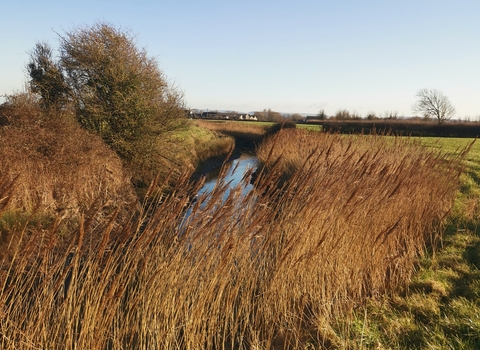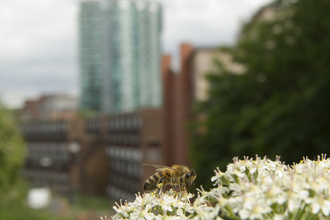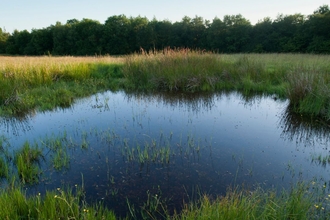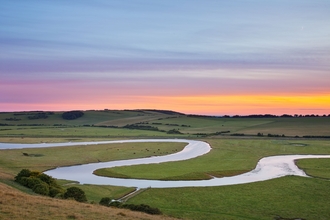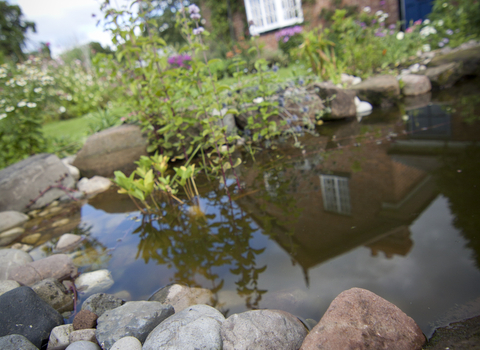Gemma De Gouveia
Flooding and Flood Management
Creating a more climate-resilient landscape with nature based solutions
As our climate changes, flooding is one of the biggest challenges facing the UK. Many parts of the Avon region are below sea level and face the dual challenge of flooding from the tidal Severn Estuary and the rivers which act as drains for the Mendips and other hilly areas.
By restoring our rivers and wetlands, nature can help to protect homes and businesses, while providing habitat for some of our most vulnerable species.
Types of flooding
River Flooding
Rivers will burst their banks when rainfall in the river’s catchment area exceeds the capacity of the river.
Surface Water Flooding
During heavy rainfall or other types of flooding, drainage systems can become overwhelmed, and land gets saturated leading to surface water with nowhere to go.
Coastal Flooding
This occurs when sea water floods onto land. This usually occurs when a storm, hightide or strong winds creates higher than average waves.
Scott Petrek
Flooding in North Somerset
As the lowest lying part of Avon, the North Somerset Levels and Moors face a higher risk of flooding. Over 2,700 non-residential properties and 650 homes in the area are at risk of surface water flooding. Our Nature and Climate Manager works closely with farmers and landowners in the region to help them adapt to the changing climate and increased risk of flooding.
If you live in the area and are concerned about flooding, the North Somerset Council website provides resources to help you understand and mitigate your risk. There is also guidance available on through the Flood Hub.
Natural Flood Management
Natural flood management (NFM) focuses on lowering peak flow levels during flood events and/or delaying the arrival of water downstream, providing more time to prepare for potential flooding and reducing the total damage. This is achieved by slow the movement of water through a river catchment in three main ways:
-
Enhancing soil infiltration to allow more water to soak into the ground. Compacted soil is less able to absorb water.
-
Storing water in places that are naturally wetter using features like ponds, scrapes, ditches, or low-lying areas, or by creating new storage areas.
- Slowing water flow by increasing interception and obstacles, such as planting wetland tolerant trees on floodplains, building “leaky dams” in streams or rivers, and re-wiggling rivers and streams.

